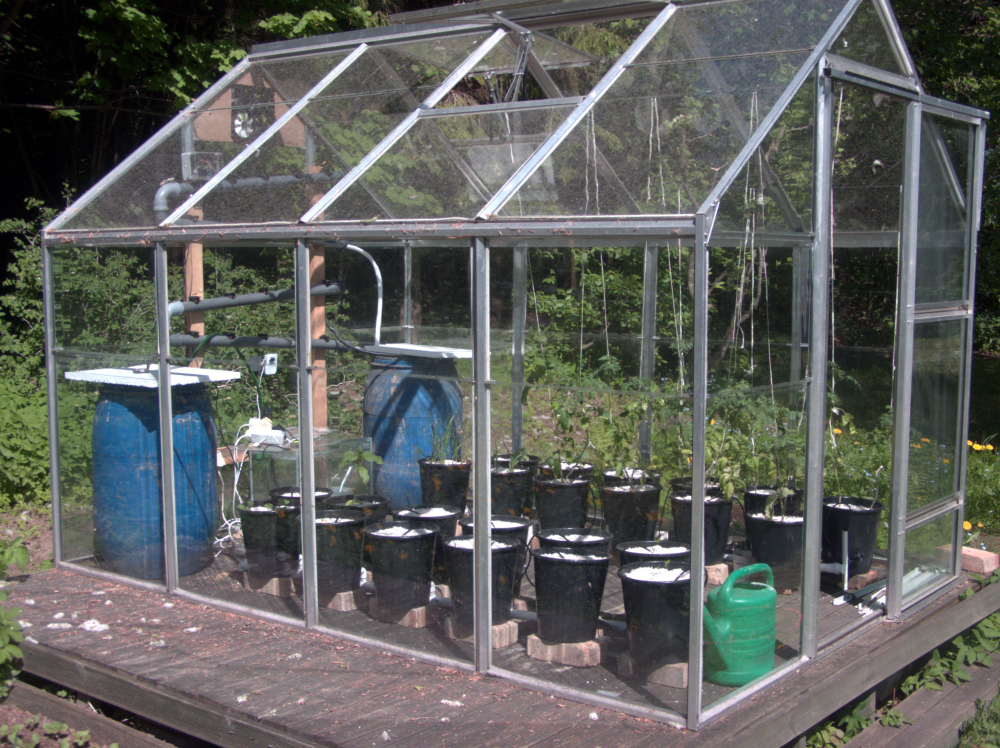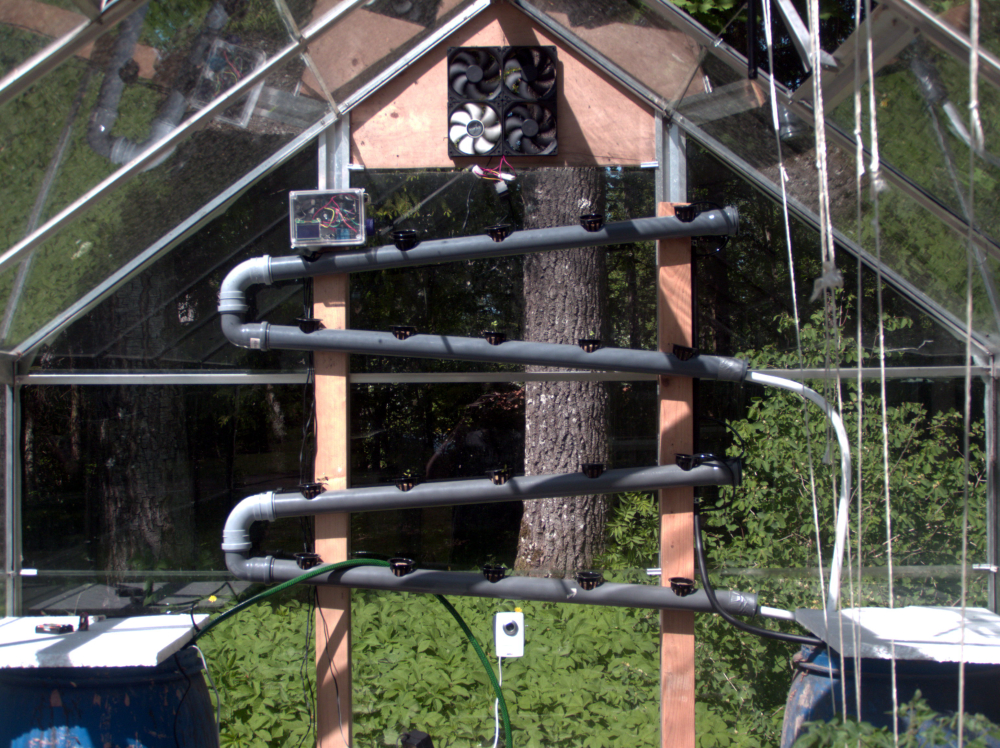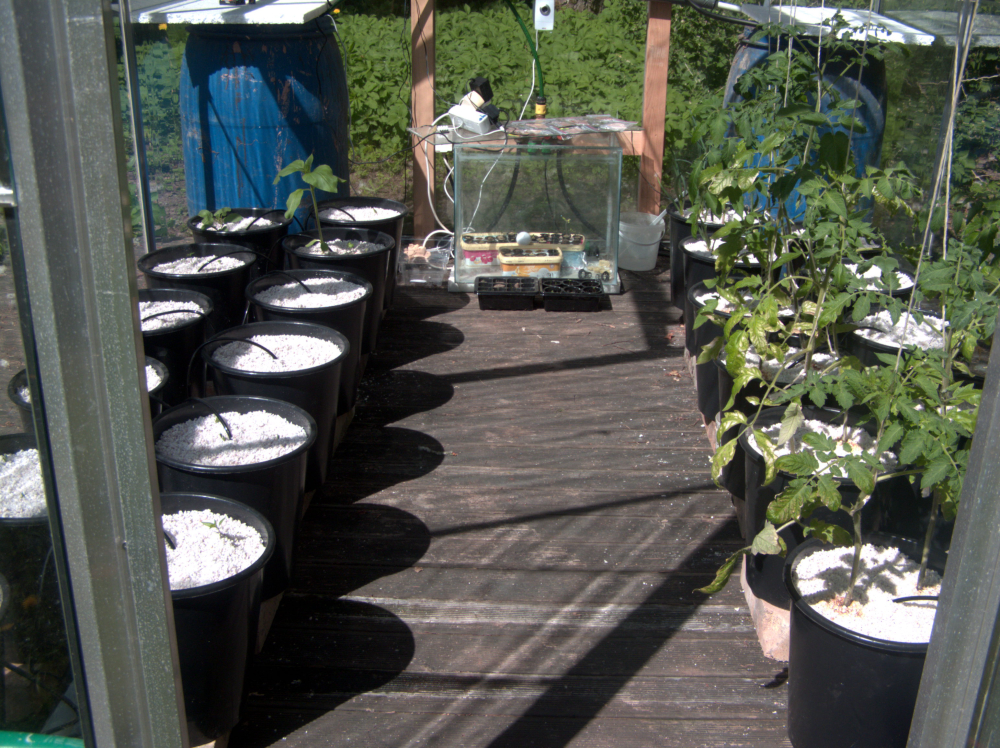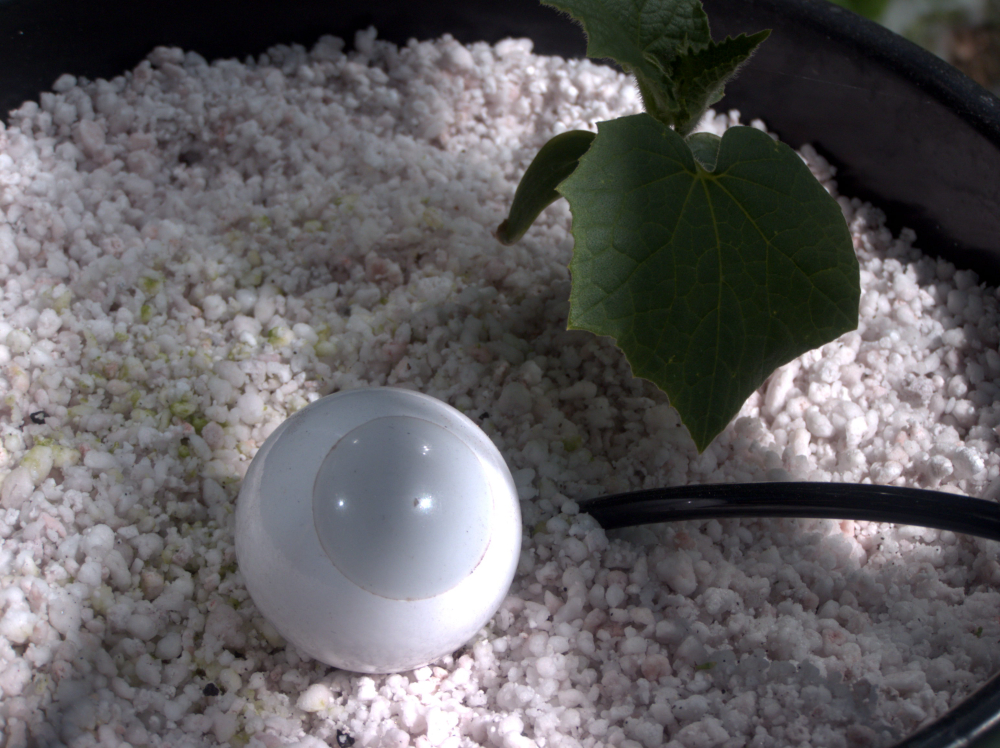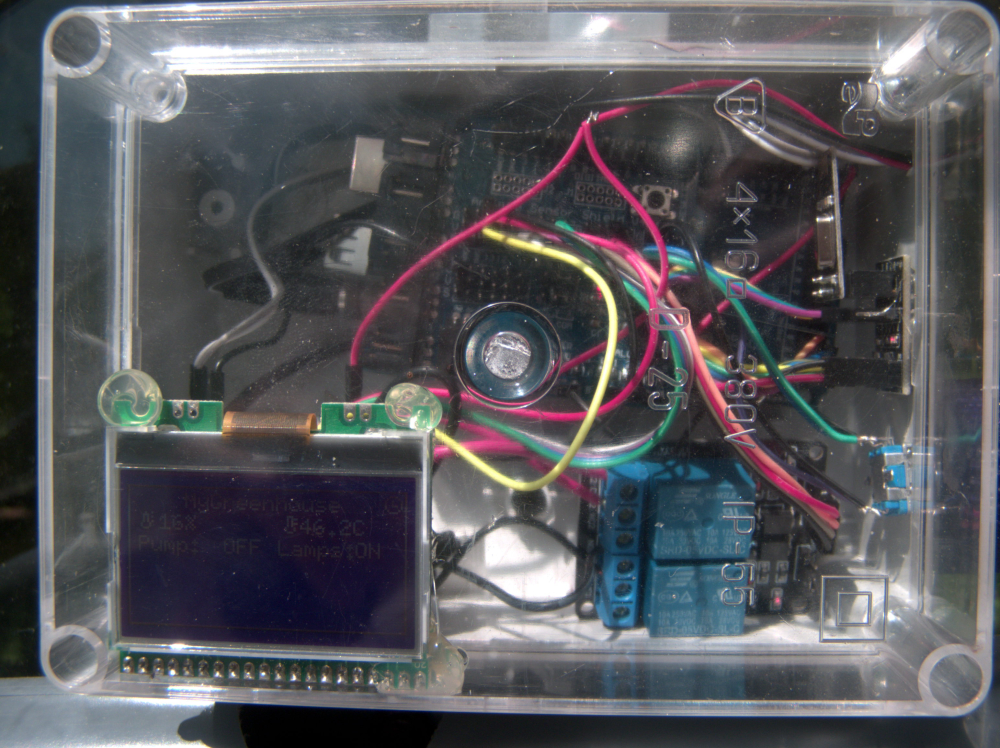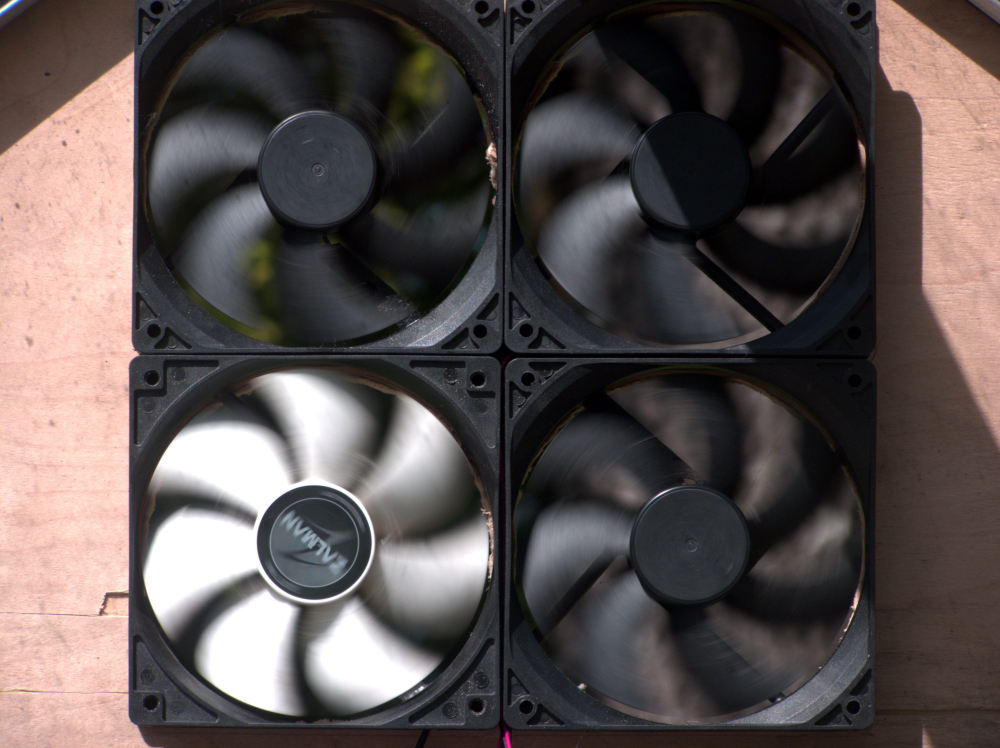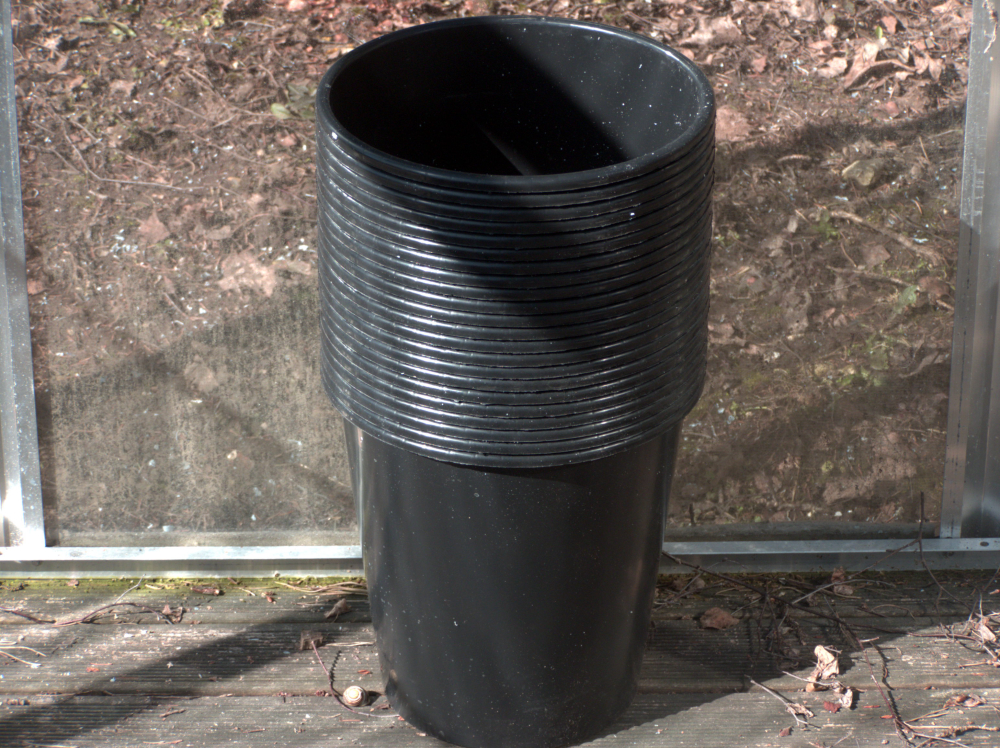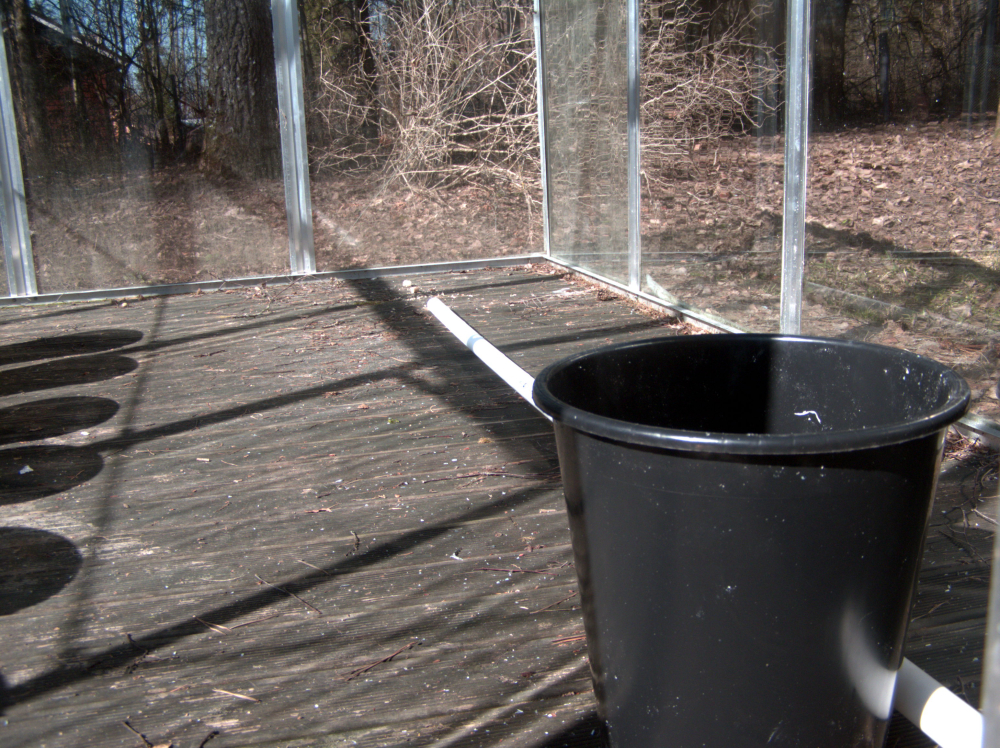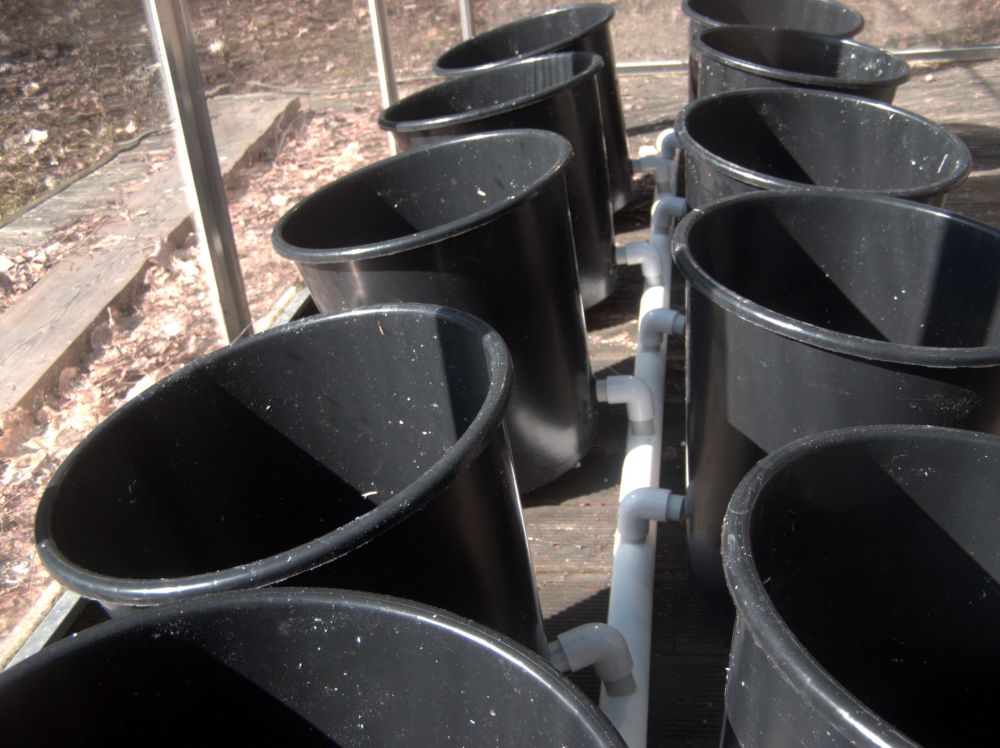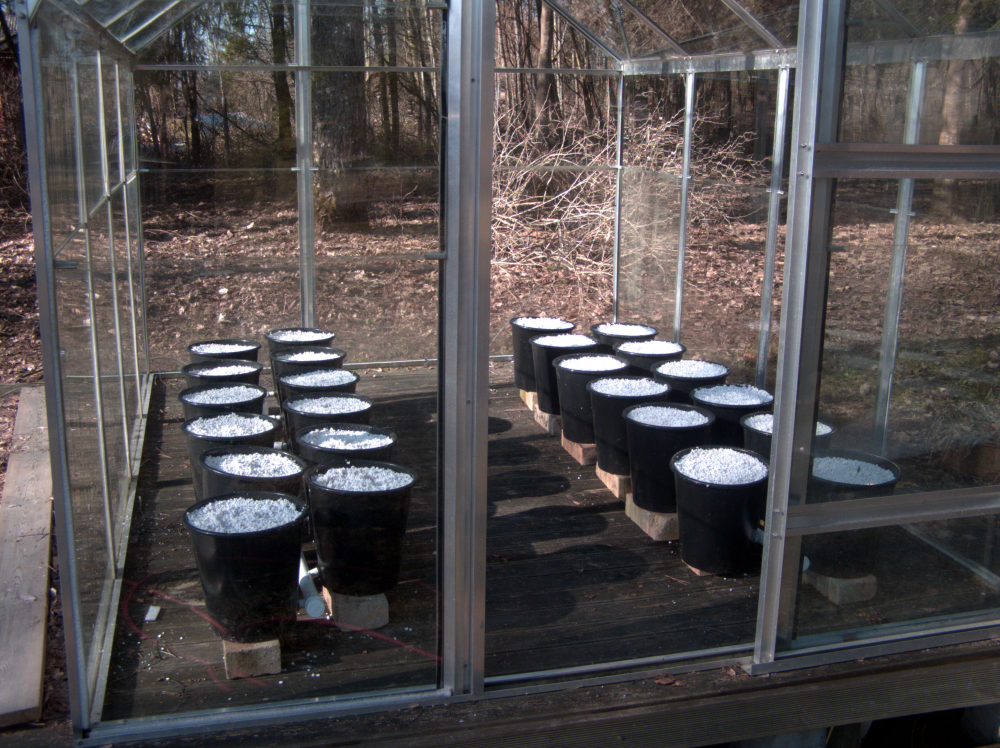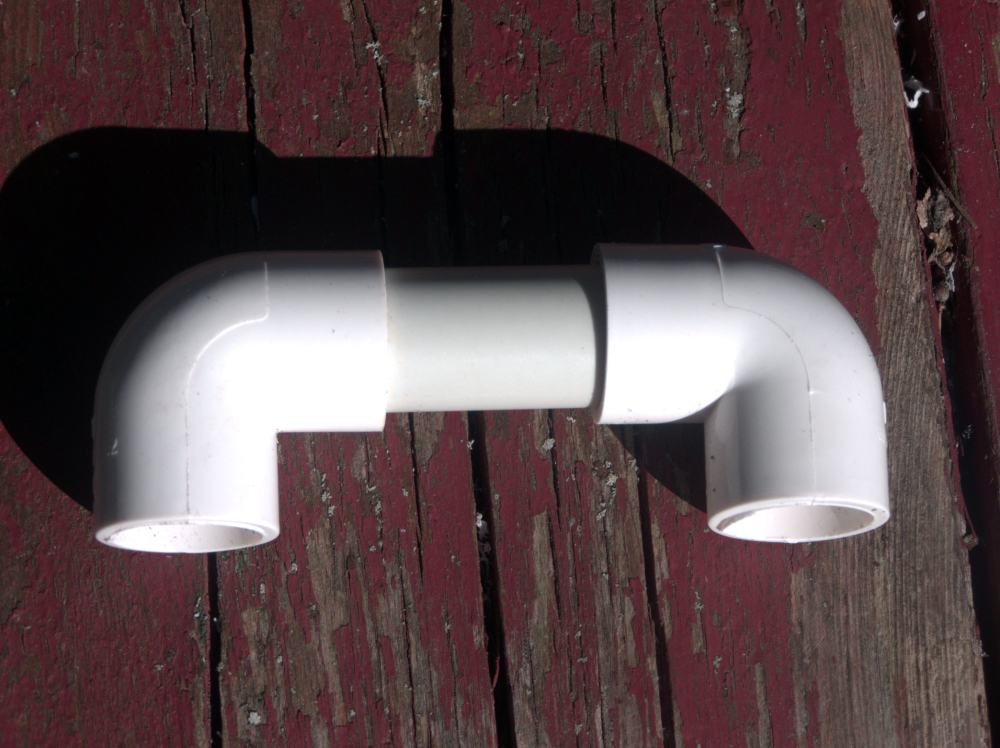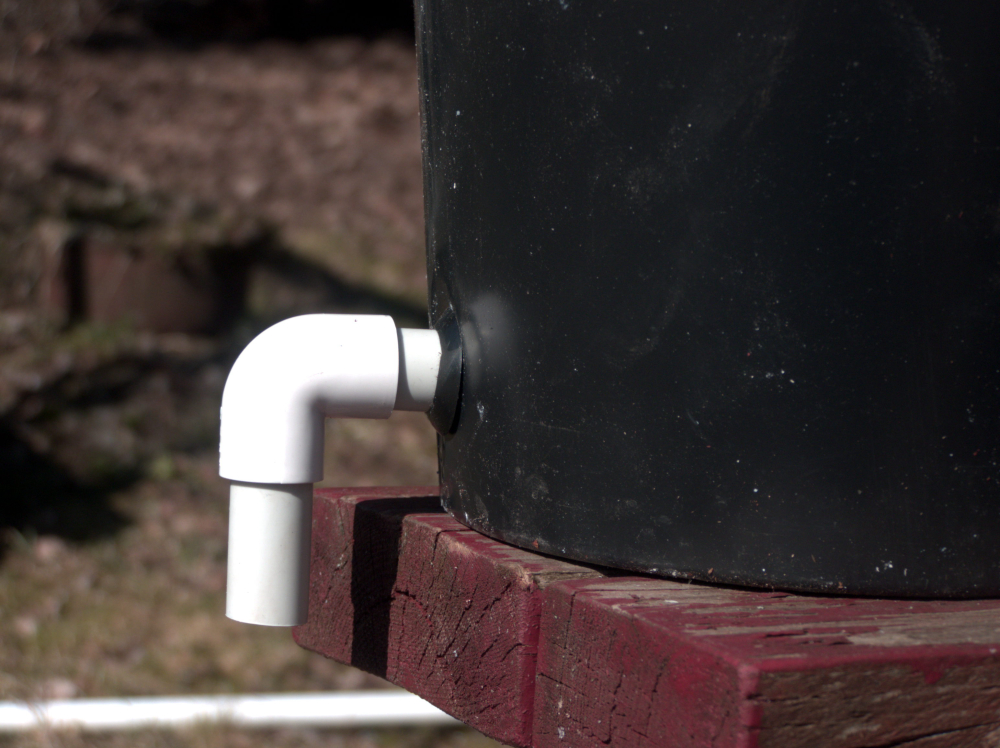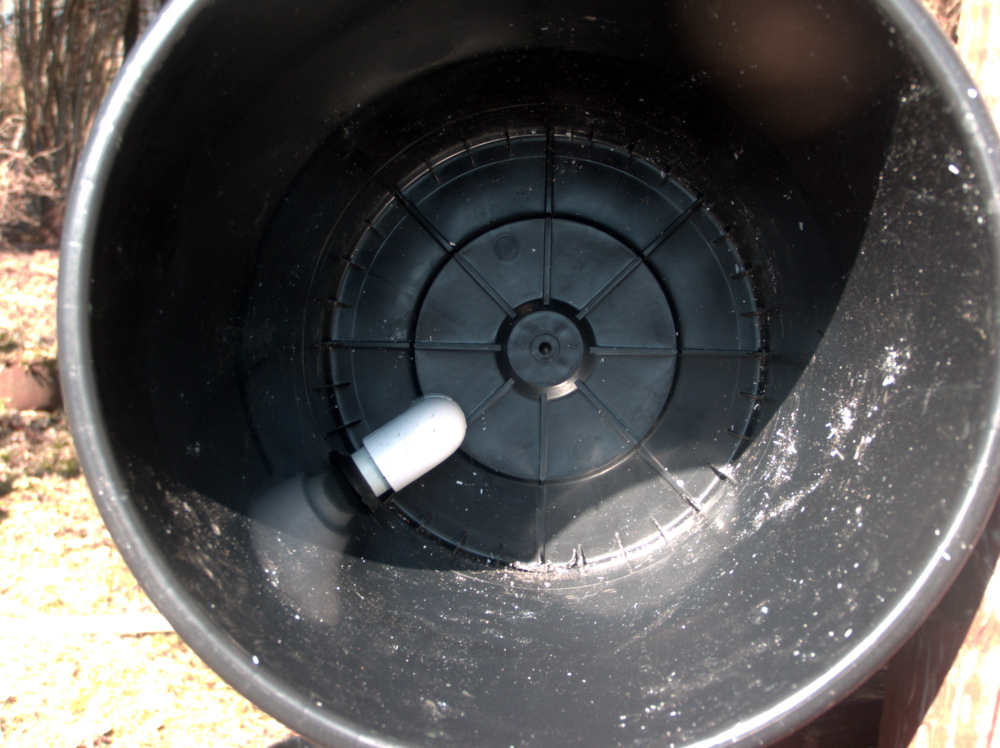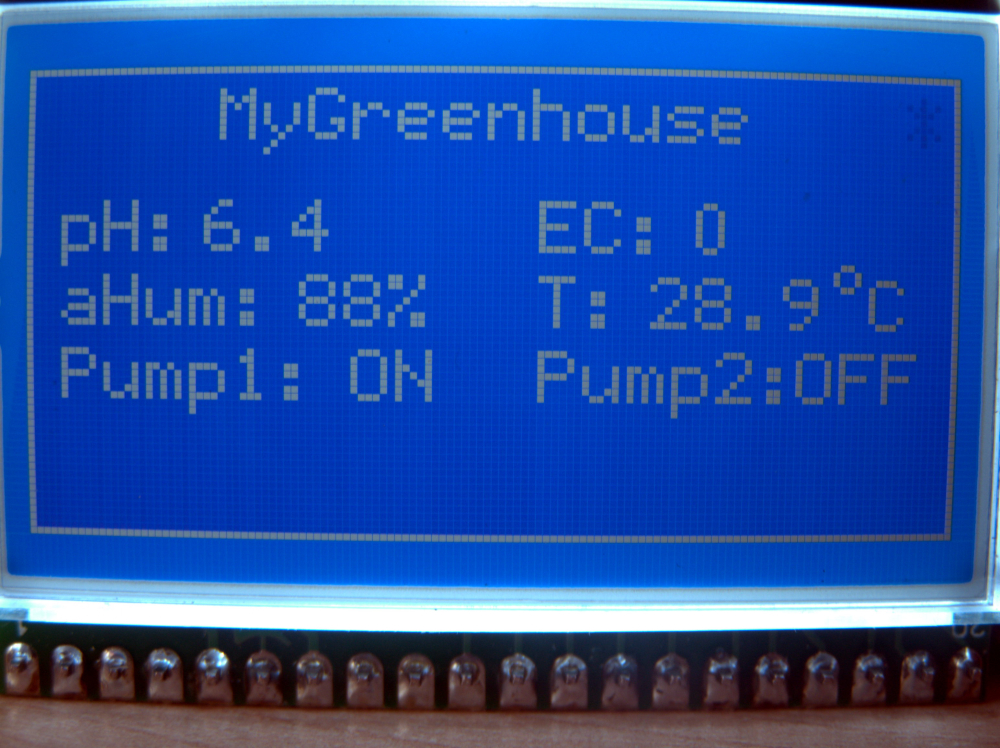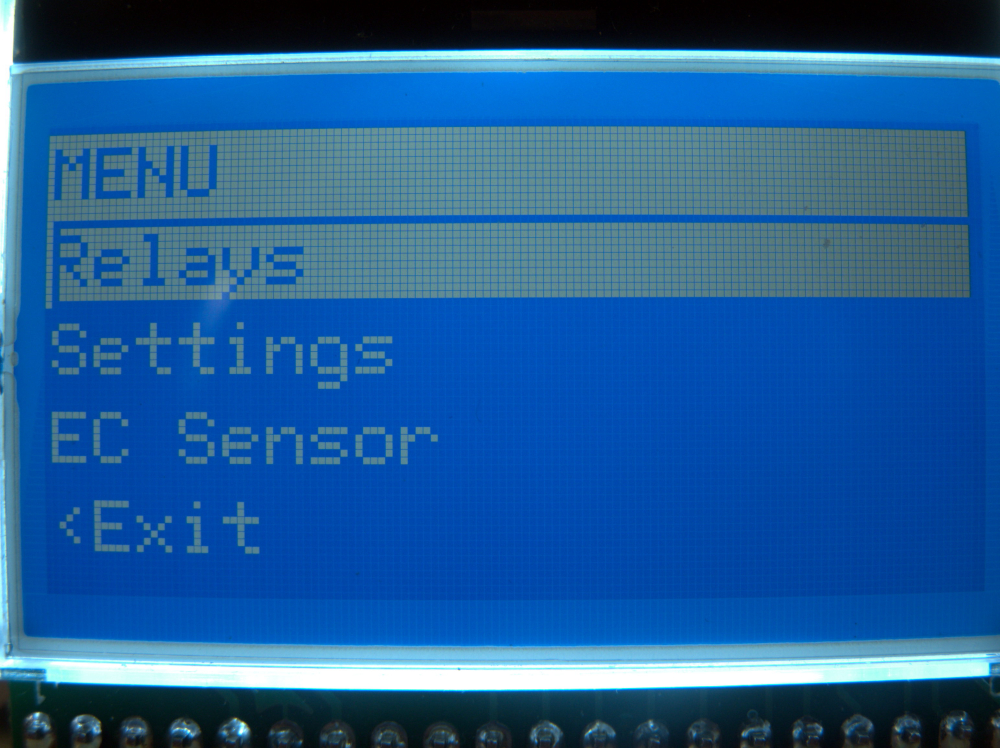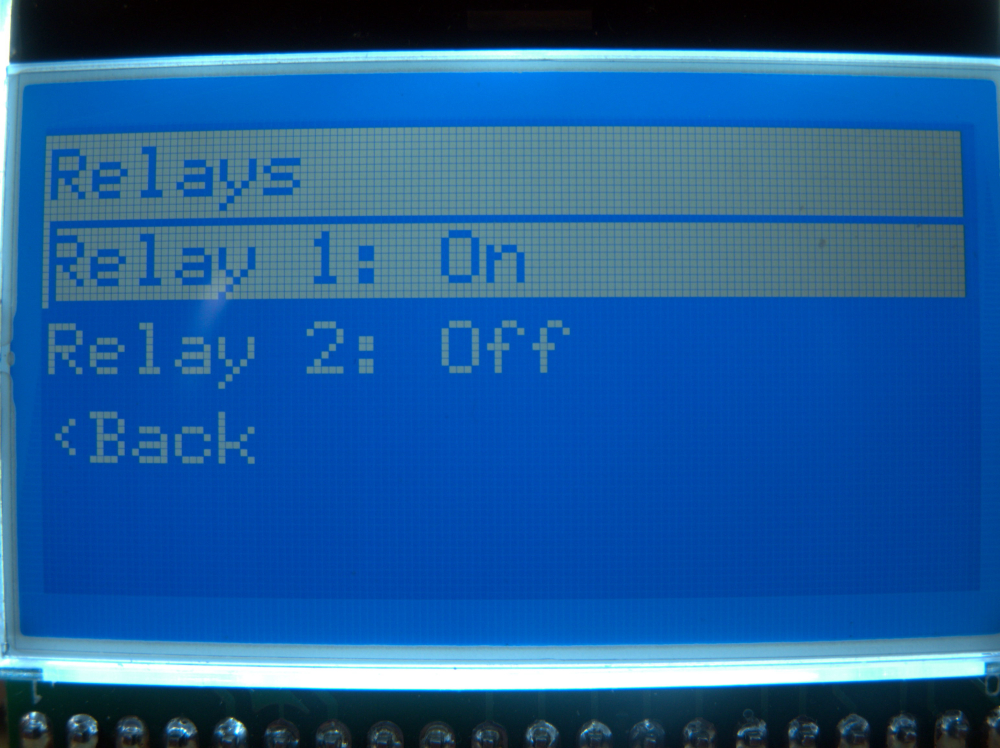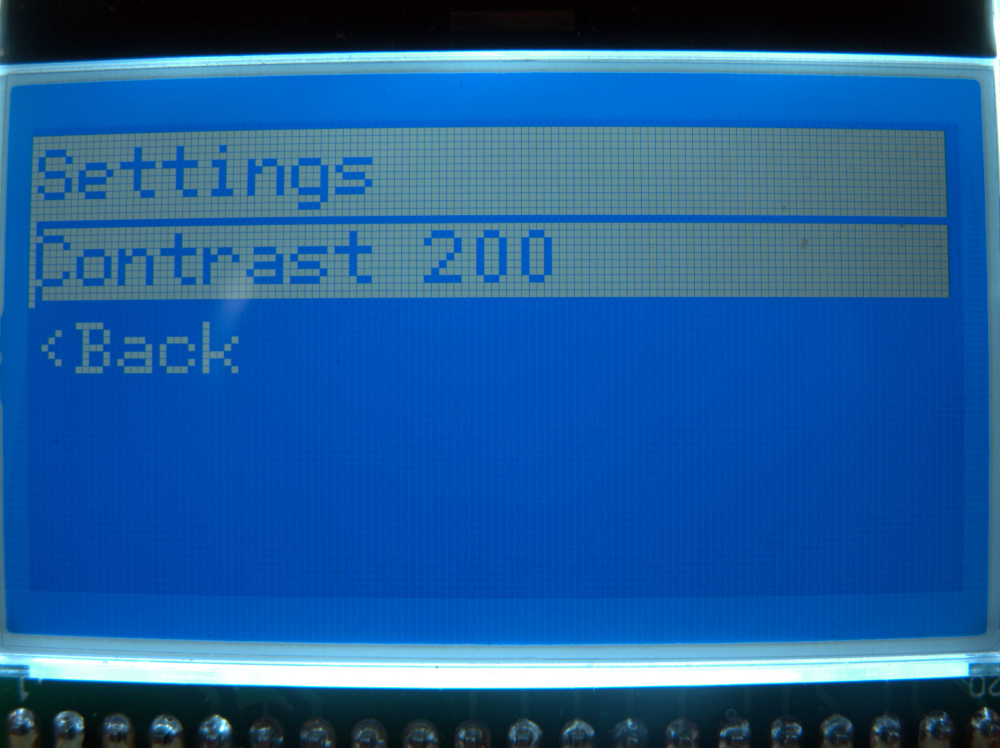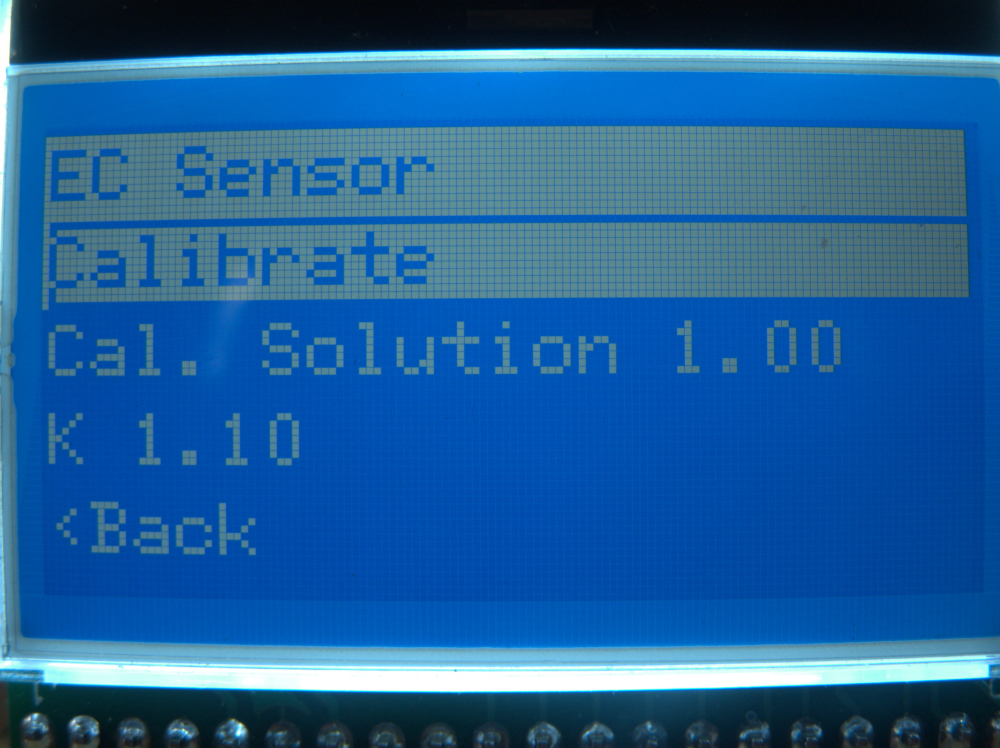It is alive!!!
MQTT Client gateway with GSM modems and ESP8266 as a modem seems to be working as intended.
To replicate, do this:
- Install the TinyGSM library
- Use this MyGatewayTransportMQTTClient.cpp
/*
* The MySensors Arduino library handles the wireless radio link and protocol
* between your home built sensors/actuators and HA controller of choice.
* The sensors forms a self healing radio network with optional repeaters. Each
* repeater and gateway builds a routing tables in EEPROM which keeps track of the
* network topology allowing messages to be routed to nodes.
*
* Created by Henrik Ekblad <henrik.ekblad@mysensors.org>
* Copyright (C) 2013-2017 Sensnology AB
* Full contributor list: https://github.com/mysensors/Arduino/graphs/contributors
*
* Documentation: http://www.mysensors.org
* Support Forum: http://forum.mysensors.org
*
* This program is free software; you can redistribute it and/or
* modify it under the terms of the GNU General Public License
* version 2 as published by the Free Software Foundation.
*/
// Topic structure: MY_MQTT_PUBLISH_TOPIC_PREFIX/NODE-ID/SENSOR-ID/CMD-TYPE/ACK-FLAG/SUB-TYPE
#include "MyGatewayTransport.h"
#if defined MY_CONTROLLER_IP_ADDRESS
IPAddress _brokerIp(MY_CONTROLLER_IP_ADDRESS);
#endif
#if defined(MY_IP_ADDRESS)
IPAddress _MQTT_clientIp(MY_IP_ADDRESS);
#if defined(MY_IP_GATEWAY_ADDRESS)
IPAddress _gatewayIp(MY_IP_GATEWAY_ADDRESS);
#elif defined(MY_GATEWAY_ESP8266) /* Elif part of MY_IP_GATEWAY_ADDRESS */
// Assume the gateway will be the machine on the same network as the local IP
// but with last octet being '1'
IPAddress _gatewayIp(_MQTT_clientIp[0], _MQTT_clientIp[1], _MQTT_clientIp[2], 1);
#endif /* End of MY_IP_GATEWAY_ADDRESS */
#if defined(MY_IP_SUBNET_ADDRESS)
IPAddress _subnetIp(MY_IP_SUBNET_ADDRESS);
#elif defined(MY_GATEWAY_ESP8266) /* Elif part of MY_IP_SUBNET_ADDRESS */
IPAddress _subnetIp(255, 255, 255, 0);
#endif /* End of MY_IP_SUBNET_ADDRESS */
#endif /* End of MY_IP_ADDRESS */
#if defined(MY_GATEWAY_ESP8266)
#define EthernetClient WiFiClient
#elif defined(MY_GATEWAY_LINUX)
// Nothing to do here
#else
uint8_t _MQTT_clientMAC[] = { MY_MAC_ADDRESS };
#endif /* End of MY_GATEWAY_ESP8266 */
#ifdef MY_GATEWAY_TINYGSM
#include <TinyGsmClient.h>
static TinyGsm modem(SerialAT);
static TinyGsmClient _MQTT_gsmClient(modem);
static PubSubClient _MQTT_client(_MQTT_gsmClient);
#if defined(MY_GSM_BAUDRATE)
uint32_t rate = MY_GSM_BAUDRATE;
#else
uint32_t rate = 0;
#endif
#else
static EthernetClient _MQTT_ethClient;
static PubSubClient _MQTT_client(_MQTT_ethClient);
#endif /* End of MY_GATEWAY_TINYGSM */
static bool _MQTT_connecting = true;
static bool _MQTT_available = false;
static MyMessage _MQTT_msg;
bool gatewayTransportSend(MyMessage &message)
{
if (!_MQTT_client.connected()) {
return false;
}
setIndication(INDICATION_GW_TX);
char *topic = protocolFormatMQTTTopic(MY_MQTT_PUBLISH_TOPIC_PREFIX, message);
GATEWAY_DEBUG(PSTR("GWT:TPS:TOPIC=%s,MSG SENT\n"), topic);
#if defined(MY_MQTT_CLIENT_PUBLISH_RETAIN)
bool retain = mGetCommand(message) == C_SET ||
(mGetCommand(message) == C_INTERNAL && message.type == I_BATTERY_LEVEL);
#else
bool retain = false;
#endif /* End of MY_MQTT_CLIENT_PUBLISH_RETAIN */
return _MQTT_client.publish(topic, message.getString(_convBuffer), retain);
}
void incomingMQTT(char* topic, uint8_t* payload, unsigned int length)
{
GATEWAY_DEBUG(PSTR("GWT:IMQ:TOPIC=%s, MSG RECEIVED\n"), topic);
_MQTT_available = protocolMQTTParse(_MQTT_msg, topic, payload, length);
}
bool reconnectMQTT(void)
{
GATEWAY_DEBUG(PSTR("GWT:RMQ:MQTT RECONNECT\n"));
// Attempt to connect
if (_MQTT_client.connect(MY_MQTT_CLIENT_ID
#if defined(MY_MQTT_USER) && defined(MY_MQTT_PASSWORD)
, MY_MQTT_USER, MY_MQTT_PASSWORD
#endif
)) {
GATEWAY_DEBUG(PSTR("GWT:RMQ:MQTT CONNECTED\n"));
// Send presentation of locally attached sensors (and node if applicable)
presentNode();
// Once connected, publish an announcement...
//_MQTT_client.publish("outTopic","hello world");
// ... and resubscribe
_MQTT_client.subscribe(MY_MQTT_SUBSCRIBE_TOPIC_PREFIX "/+/+/+/+/+");
return true;
}
return false;
}
bool gatewayTransportConnect(void)
{
#if defined(MY_GATEWAY_ESP8266)
while (WiFi.status() != WL_CONNECTED) {
wait(500);
GATEWAY_DEBUG(PSTR("GWT:TPC:CONNECTING...\n"));
}
GATEWAY_DEBUG(PSTR("GWT:TPC:IP=%s\n"),WiFi.localIP().toString().c_str());
#elif defined(MY_GATEWAY_LINUX) /* Elif part of MY_GATEWAY_ESP8266 */
#if defined(MY_IP_ADDRESS)
_MQTT_ethClient.bind(_MQTT_clientIp);
#endif /* End of MY_IP_ADDRESS */
#elif defined(MY_GATEWAY_TINYGSM)
GATEWAY_DEBUG(PSTR("GWT:TPC:IP=%s\n"), modem.getLocalIP().c_str());
#else /* Else part of MY_GATEWAY_ESP8266 */
#if defined(MY_IP_ADDRESS)
Ethernet.begin(_MQTT_clientMAC, _MQTT_clientIp);
#else /* Else part of MY_IP_ADDRESS */
// Get IP address from DHCP
if (!Ethernet.begin(_MQTT_clientMAC)) {
GATEWAY_DEBUG(PSTR("!GWT:TPC:DHCP FAIL\n"));
_MQTT_connecting = false;
return false;
}
#endif /* End of MY_IP_ADDRESS */
GATEWAY_DEBUG(PSTR("GWT:TPC:IP=%" PRIu8 ".%" PRIu8 ".%" PRIu8 ".%" PRIu8 "\n"),
Ethernet.localIP()[0],
Ethernet.localIP()[1], Ethernet.localIP()[2], Ethernet.localIP()[3]);
// give the Ethernet interface a second to initialize
delay(1000);
#endif /* End of MY_GATEWAY_ESP8266 */
return true;
}
bool gatewayTransportInit(void)
{
_MQTT_connecting = true;
#if defined(MY_GATEWAY_TINYGSM)
#if defined(MY_GSM_RX) && defined(MY_GSM_TX)
SoftwareSerial SerialAT(MY_GSM_RX, MY_GSM_TX);
#else
// TODO: Needs sanity checks
#endif
#if !defined(MY_GSM_BAUDRATE)
rate = TinyGsmAutoBaud(SerialAT);
#endif
SerialAT.begin(rate);
delay(3000);
modem.restart();
#if defined(MY_GSM_PIN) && !defined(TINY_GSM_MODEM_ESP8266)
modem.simUnlock(MY_GSM_PIN);
#endif
#ifndef TINY_GSM_MODEM_ESP8266
if (!modem.waitForNetwork()) {
GATEWAY_DEBUG(PSTR("!GWT:TIN:GPRS FAIL\n"));
while (true);
}
GATEWAY_DEBUG(PSTR("GWT:TIN:GPRS OK\n"));
if (!modem.gprsConnect(MY_GSM_APN, MY_GSM_USR, MY_GSM_PSW)) {
GATEWAY_DEBUG(PSTR("!GWT:TIN:APN FAIL\n"));
while (true);
}
GATEWAY_DEBUG(PSTR("GWT:TIN:APN OK\n"));
delay(1000);
#else
if (!modem.networkConnect(MY_GSM_SSID, MY_GSM_PSW)) {
GATEWAY_DEBUG(PSTR("!GWT:TIN:WIFI AP FAIL\n"));
while (true);
}
GATEWAY_DEBUG(PSTR("GWT:TIN:WIFI AP OK\n"));
delay(1000);
#endif
#endif /* End of MY_GATEWAY_TINYGSM */
#if defined(MY_CONTROLLER_IP_ADDRESS)
_MQTT_client.setServer(_brokerIp, MY_PORT);
#else
_MQTT_client.setServer(MY_CONTROLLER_URL_ADDRESS, MY_PORT);
#endif /* End of MY_CONTROLLER_IP_ADDRESS */
_MQTT_client.setCallback(incomingMQTT);
#if defined(MY_GATEWAY_ESP8266)
// Turn off access point
WiFi.mode(WIFI_STA);
#if defined(MY_ESP8266_HOSTNAME)
WiFi.hostname(MY_ESP8266_HOSTNAME);
#endif /* End of MY_ESP8266_HOSTNAME */
#if defined(MY_IP_ADDRESS)
WiFi.config(_MQTT_clientIp, _gatewayIp, _subnetIp);
#endif /* End of MY_IP_ADDRESS */
#ifndef MY_ESP8266_BSSID
#define MY_ESP8266_BSSID NULL
#endif
(void)WiFi.begin(MY_ESP8266_SSID, MY_ESP8266_PASSWORD, 0, MY_ESP8266_BSSID);
#endif /* End of MY_GATEWAY_ESP8266 */
gatewayTransportConnect();
_MQTT_connecting = false;
return true;
}
bool gatewayTransportAvailable(void)
{
if (_MQTT_connecting) {
return false;
}
//keep lease on dhcp address
//Ethernet.maintain();
if (!_MQTT_client.connected()) {
//reinitialise client
if (gatewayTransportConnect()) {
reconnectMQTT();
}
return false;
}
_MQTT_client.loop();
return _MQTT_available;
}
MyMessage & gatewayTransportReceive(void)
{
// Return the last parsed message
_MQTT_available = false;
return _MQTT_msg;
}
- Define these in your gateway sketch:
#define MY_GATEWAY_MQTT_CLIENT
// Enable gateway ethernet module type
#define MY_GATEWAY_TINYGSM
// Define the GSM modem. See TinyGSM documentation for full list
//#define TINY_GSM_MODEM_ESP8266
#define TINY_GSM_MODEM_A6
#define MY_GSM_APN "internet" // your mobile providers APN
#define MY_GSM_USR "" // Leave empty if not used
#define MY_GSM_PIN "" // Leave empty if not used
#define MY_GSM_PSW "" // This is either your mobile providers password or WiFi password, depending if you are using the ESP8266 or a GSM modem
#define MY_GSM_SSID ""
// Use Hardware Serial on Mega, Leonardo, Micro
#define SerialAT Serial1
#define MQTT_VERSION MQTT_VERSION_3_1 // I apparently need this to be able to run mosquitto

